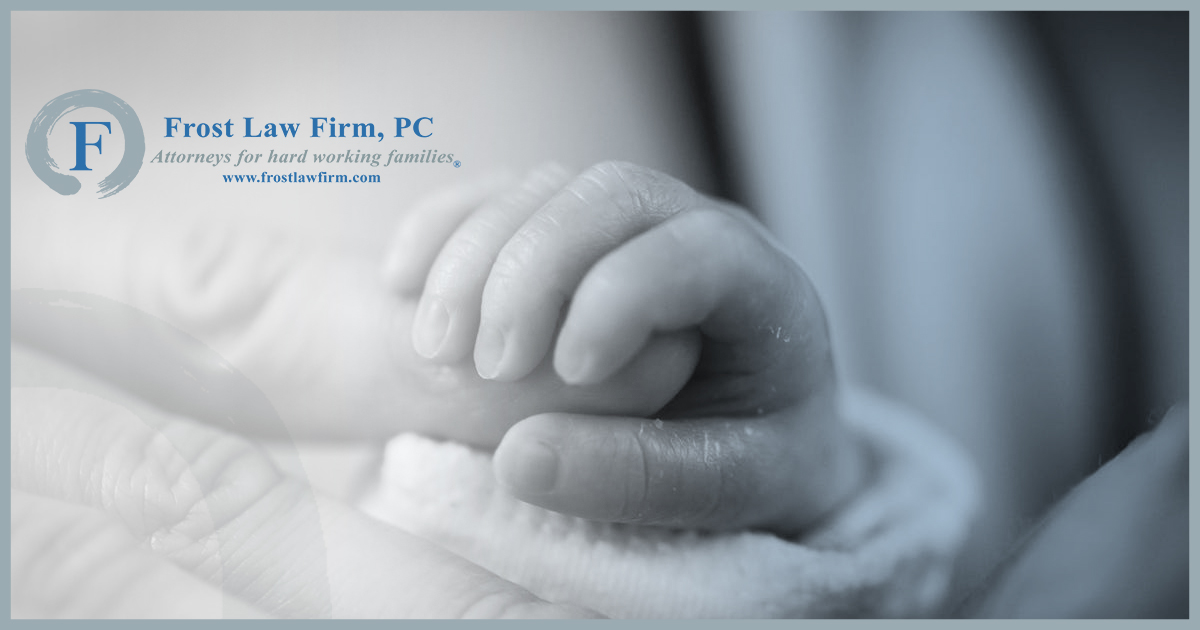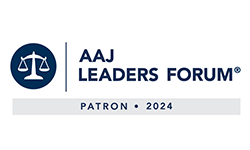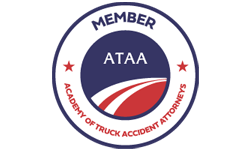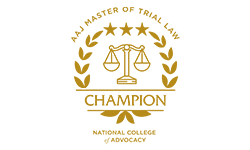Camp Lejeune, the U.S. Marine Corps base in North Carolina, has been associated with a range of health issues, particularly concerning birth defects among children born to service members and their families stationed there. Understanding what are the most common Camp Lejeune birth defects is crucial for affected families and healthcare providers alike. This knowledge may dictate whether you can pursue a legal claim to recover compensation for associated losses.
Between the 1950s and 1980s, Camp Lejeune’s water supply was contaminated with various toxins, including volatile organic compounds like trichloroethylene (TCE) and perchloroethylene (PCE). This contamination has been linked to numerous health problems, including birth defects in children born to those exposed.
An Environmental Health journal article published in 2013 outlined how the Agency for Toxic Substances and Disease Registry (ATSDR) previously had stated that “The primary contaminant detected in the TT distribution system was tetrachloroethylene (PCE) at a maximum of 215 parts per billion (ppb). The source of the contamination was solvent waste disposal from an off-base dry cleaner.” Below, we’ll explore how this and other contaminants caused the following birth defects.
Congenital Defects That Affected Those Associated With Camp Lejeune
The CDC surveyed the parents of 12,598 children born at Lejeune between 1968 and 1985, the year most contaminated drinking water wells at Camp Lejeune were closed.
Based on the findings published by the ATSDR, among that same group of participants, 106 cases of birth defects and childhood cancers were reported.
Among these effects, the most common included:
Spina Bifida
Spina bifida is a congenital condition that occurs when the spine and spinal cord don’t form properly during fetal development. It’s a type of neural tube defect (NTD) where the neural tube, which eventually develops into the brain and spinal cord, fails to close completely.
This incomplete closure can lead to varying degrees of spinal cord damage and neurological impairment. Spina bifida can range from mild, with little to no disability, to severe, resulting in significant physical and intellectual challenges. Treatment often involves surgical interventions and ongoing therapies to manage symptoms and improve quality of life.
Studies have shown elevated rates of spina bifida among children born to parents exposed to the contaminated water at Camp Lejeune.
Neural Tube Defects
In addition to spina bifida, other neural tube defects like anencephaly and encephalocele have been observed more frequently in children born to individuals exposed to the contaminated water at Camp Lejeune. These defects affect the brain and spinal cord development.
Cleft Palate
Cleft palate is another congenital condition where the roof of the mouth (palate) doesn’t fully close during fetal development, leaving a gap (cleft). This opening can occur in the front (cleft lip), the back (cleft palate), or both. It can vary in severity from a small notch to a large gap that extends into the nasal cavity.
Cleft palate can affect feeding, speech development, and dental health. Treatment usually involves surgical repair to close the cleft and may require ongoing therapies such as speech therapy to address related challenges.
Research suggests a potential link between maternal exposure to contaminants at Camp Lejeune and an increased risk of cleft palate in infants.
Heart Defects
Various heart defects, such as atrial septal defects and ventricular septal defects, have been reported at higher rates among children born to Camp Lejeune veterans, as well as service veterans themselves.
These defects can range from minor to severe and may require surgical intervention.
Atrial septal defects (ASDs) and ventricular septal defects (VSDs) are both congenital heart defects involving abnormalities in the walls (septum) that separate the chambers of the heart.
- Atrial Septal Defect (ASD): An ASD is a hole in the septum between the two upper chambers of the heart, the left and right atria. This hole allows oxygen-rich blood from the left atrium to flow into the right atrium, mixing with oxygen-poor blood. While small ASDs may not cause significant symptoms or health problems, larger defects can lead to issues such as heart murmurs, shortness of breath, fatigue, and an increased risk of complications like heart failure or stroke.
- Ventricular Septal Defect (VSD): A VSD is a hole in the septum between the two lower chambers of the heart, the left and right ventricles. This opening allows oxygen-rich blood from the left ventricle to flow into the right ventricle, mixing with oxygen-poor blood. VSDs vary in size and location within the septum, influencing their impact on heart function. Small VSDs may close on their own or cause few symptoms, while larger defects can lead to symptoms such as rapid breathing, poor feeding, fatigue, and an increased risk of complications such as pulmonary hypertension or heart failure.
Childhood Cancers
Certain types of childhood cancers, including leukemia and non-Hodgkin’s lymphoma, have been linked to prenatal exposure to contaminants found at Camp Lejeune.
While not strictly birth defects, these conditions have a profound impact on affected families.
Legal and Medical Considerations
Families affected by Camp Lejeune birth defects often face significant challenges, both medically and legally. Seeking compensation and medical support requires navigating complex systems, including filing claims with the Department of Veterans Affairs and pursuing legal action against responsible parties.
The prevalence of birth defects among children born to families stationed at Camp Lejeune underscores the long-lasting impact of environmental contamination on public health. Awareness, advocacy, and support are essential for affected families as they navigate the challenges posed by these conditions.
Efforts to address and mitigate the effects of such contamination are crucial to preventing similar tragedies in the future.
If you, or someone you care about, has had their health impacted by the contaminations at Camp Lejeune, our team at Frost Law Firm is experienced in handling these cases. Our Camp Lejeune water contamination attorneys are ready to help you find answers and seek the justice you deserve for you and your family.




















